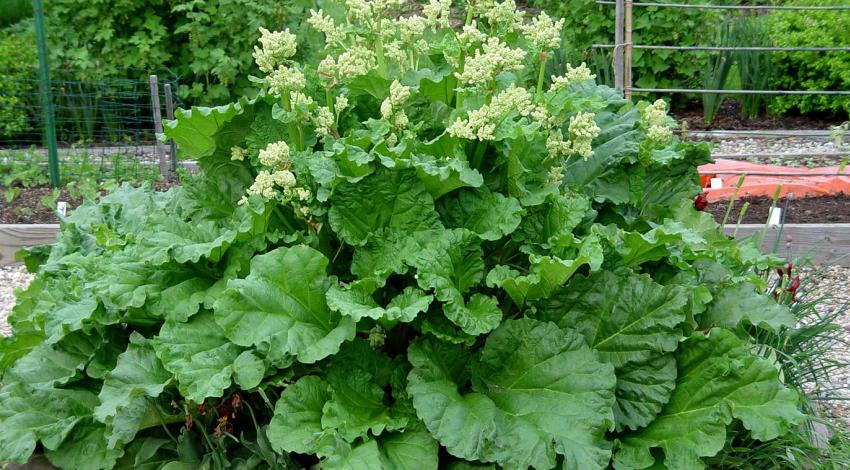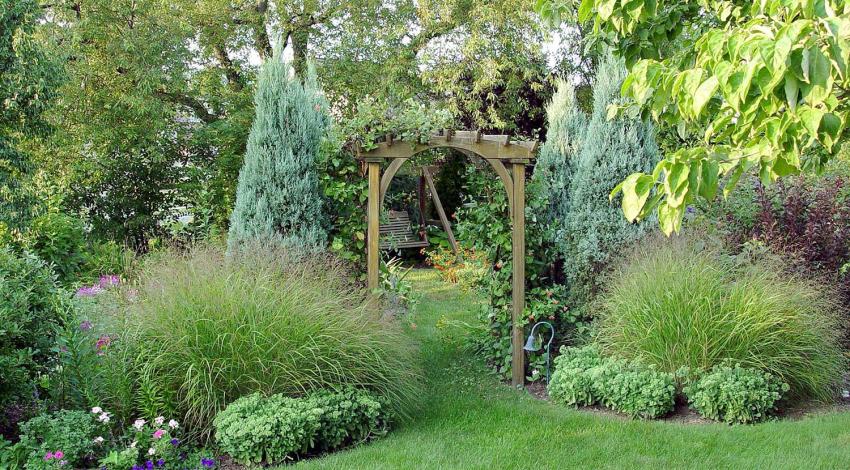Gardening is like any endeavor. The more you know, the more success you’re likely to have. Every setback can serve as a learning experience and evidence for the saying that “Everything I learned about gardening can be found in my compost pile.” One way to speed up the learning process is by taking advantage of the knowledge of those who have killed their petunias and dogwood trees before you.
Here are seven of the most important woes that our “foregardeners” would warn you about:











